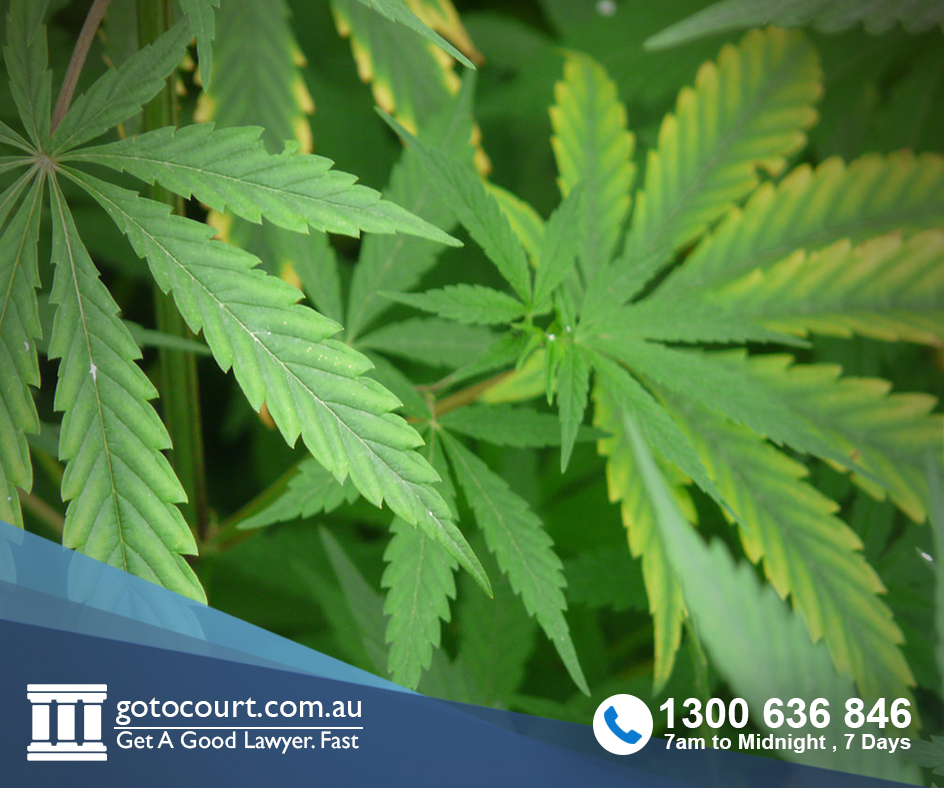Use of Listening Devices in Victoria
In Victoria, the installation, use, maintenance and retrieval of surveillance devices is regulated by the Surveillance Devices Act 1999. A surveillance device includes any listening device, optical surveillance device, data surveillance device or tracking device, or any device that is a combination of these things. This article deals with the use of listening devices in Victoria.
What is a listening device?
A listening device is any device that can be used to overhear, record, monitor or listen to a private conversation, or to the words spoken to or by any person in a private conversation. The definition of listening device does not include hearing aids or other similar devices. A device does not have to be able to record the sound or transmit the sound to somewhere else to be a listening device, and includes things such as a Dictaphone, a mobile phone or tablet with recording capabilities or a video recorder.
Even if your intention is to listen to something other than a private conversation, your device may still be a listening device if it is capable of being used to listen to a private conversation.
Private conversation
The Surveillance Devices Act 1999 is designed to protect what is said and done in people’s private conversations and activities.
A private conversation is any conversation that is carried out in circumstances where it may reasonably be assumed that the parties to that conversation only want the words heard by the other people in that conversation. It does not include a conversation where the parties ought reasonably to expect that they may be overheard by someone else.
Conversations conducted in public areas where it can be reasonably expected the conversation would be overheard are not considered to be private.
Offences
It is a criminal offence for a person to knowingly install, use, or to maintain or repair a listening device used to:
- Record;
- Overhear;
- Listen to; or
- Monitor;
a private conversation.
However, a person does not commit an offence if:
- They are a party to the conversation recorded;
- They have the permission of everyone else who is in that conversation; or
- They are authorised by a warrant or by a law.
It is an offence to communicate or publish anything about a private conversation or a private activity, if that information has been gained as a result of the use of a surveillance device, including a listening device.
However, an offence would not be committed if what was communicated or published is no more than what is reasonably necessary for the protection of the lawful interests of the person who published or communicated the information.
Warrants
A law enforcement officer may apply to an authorised judge or magistrate for the issue of a surveillance device warrant which may record private conversations or activities. A warrant can only be obtained if the officer has reason to suspect or believe that:
- An offence is being, is about to be, has been, or is likely to be committed; and
- The use of a surveillance device is necessary in the investigation and collection of evidence of that crime.
The issue of warrants is overseen by the Public Interest Monitor. If granted, the warrant with authorise the use of a specific type of device on specified premises. It may allow entry by force, if necessary, to install and to later retrieve the device.
Penalties
The maximum penalty for most offences that are under the Surveillance Devices Act is a fine of 240 penalty units, two years imprisonment, or both.
The maximum penalty for companies is a fine of 1200 penalty units.
Listening devices in the workplace
In workplaces, listening devices and other surveillance devices may not be installed in any toilets, washrooms, change rooms or lactation rooms, unless their use is in accordance with a warrant or is authorised by law.
The maximum penalty for individuals is two years in prison, a fine of 240 penalty units, or both. For a company the maximum penalty is a fine of 1200 penalty units.
Protected information
Protected information is information:
- Obtained from the use of a surveillance device (including a listening device) under a warrant or an emergency authorisation;
- That relates to an application, issue, existence, or the expiry of such a warrant or emergency authorisation; or
- That relates to an application for the approval of powers under an emergency authorisation.
It is an offence for a person to use, communicate, or publish information that is protected information:
- If that person knows the information is protected information; or
- If that person is reckless as to whether they should know the information is protected information.
A person will commit an offence if they recklessly use, communicate or publish information they ought to know is protected information.
The maximum penalty is a fine of 240 penalty units for an individual or 1200 penalty units for a company. If the offence is committed with the intent to endanger the health r safety of a person, these penalties are significantly increased.
If you require legal advice or representation in any legal matter, please contact Go To Court Lawyers.





